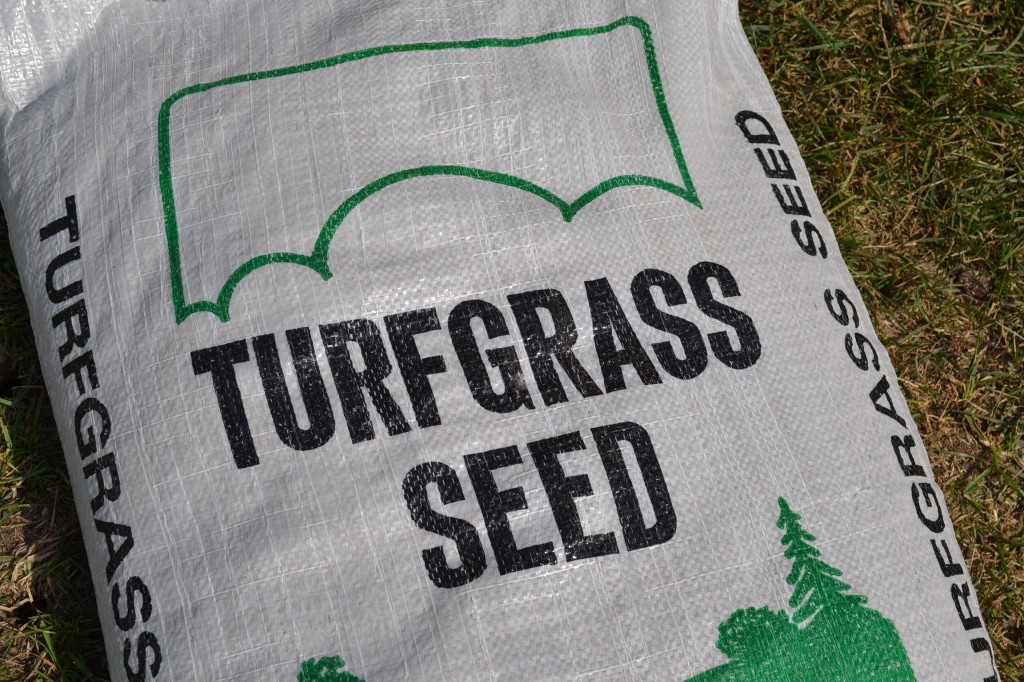Most lawns found in Cedar Rapids, Iowa City and Waterloo have a mixture of fescue or bluegrass seed in them. I have a feeling that most everyone without an irrigation system will require some form of seeding this year. When seeding your lawn, it is important to use the right kind of seed and the right amount of seed. Following a seeding it is also important to properly care for your seed so that it produces the results that you want. Not every seed is equal and most of the time you get what you pay for in terms of quality and germination rates. Big box stores offer a lot of seed choices for consumers and the do it yourselfers. It is important to read the label to see what is in the bag, the average germination of the product and the percentage of the contents.
Don’t be fooled by the name brand seed because most of the time you are paying for the name, not the product. There are lots of not so name brand products that will perform just as well as the big guys. Just make sure that the products are fresh, the blend is what you are looking for and the average germination rate is high.
Bluegrass seed germination.
One of the most common concerns that we hear from home owners is that “I seeded my lawn with the “good stuff” and my seed is not doing anything.” A lot of consumers do not know that most blends of “premium” seed contain a majority of bluegrass seed. Bluegrass seed generally takes about 3 weeks to see some action. A lot of consumers seed their lawns, water and fertilize for a couple of weeks and do not see results. When they don’t see results after a couple of weeks, they give up. What they don’t understand is that they are using a seed that requires about 3 to 5 weeks to germinate. When they stop watering, the bluegrass seed and soil dries up and the bluegrass seed does not germinate. If the consumer only understood the growth cycle of the seed, they would have their desired results in a month or two.

